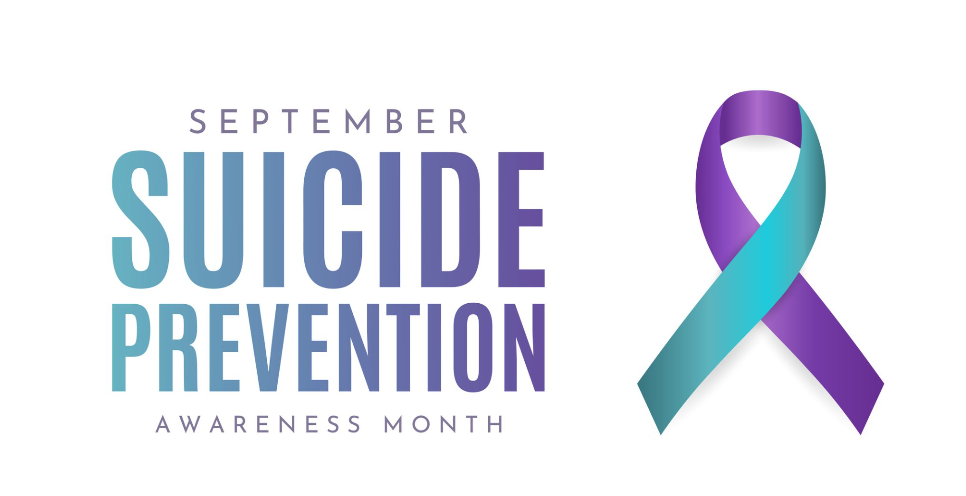Understanding Your Newborn's Cries: How to Respond with Care and Confidence
Lacy Hess • January 26, 2025
The Benefits of a Soothing Ladder: Helping Your Baby Sleep Better Without Relying on Feeding

Hearing your newborn cry can be tough, but it’s important to remember that crying doesn’t always mean they’re hungry. Babies cry for a variety of reasons, and sometimes for no clear reason at all. Hunger is just one possibility, and learning to recognize different cries can help you respond more effectively.
If we automatically offer a feeding every time our baby cries, we miss the opportunity to truly understand their needs. The newborn stage is all about getting to know your baby and figuring out what helps them feel calm and secure. Some babies enjoy gentle motion or a bit of patting, while others find comfort in a pacifier. It’s all about finding what works best without assuming hunger is always the cause.
When we respond by feeding every time, we are reacting rather than responding with intention. Over time, this can lead to a feed-to-sleep association, making it harder to establish a consistent feeding schedule and potentially leading to frequent snacking throughout the day. Both of which, down the road, can make it difficult for your baby to sleep through the night without calling out for you to help them get back to sleep.
If your baby is due for a feeding or shows clear hunger cues, it’s essential to feed them. However, if they were recently fed and are still crying without showing signs of hunger, consider using the Soothing Ladder to provide comfort in other ways.
The Soothing Ladder: A Step-by-Step Approach
The Soothing Ladder is a gentle, structured way to calm your baby, offering comfort in gradual steps. Try each step for about 10-15 seconds before moving on to the next.
1. Presence
Simply sit or stand near your baby and see if your presence alone helps them feel reassured. Sometimes, just being close can provide comfort.
2. Voice
Talk or sing to your baby in a soothing tone. Make sure your voice is loud enough for them to hear over their cries. Your familiar sound can work wonders.
3. Touch
Gently place your hand on your baby’s chest or tummy to provide warmth and reassurance. Many newborns find comfort in the gentle pressure of a parent’s touch.
4. Gentle Jiggle
Lightly jiggle the bassinet or softly move your hand on their belly. Rhythmic movement can be soothing for many babies.
5. Pacifier (Optional)
Offer a pacifier if your baby finds sucking soothing. This natural reflex can be a great comfort tool.
6. Feed
If none of the previous steps have worked, consider repeating them a couple of times. If your baby is still unsettled, it may be time for another feeding.
By following the Soothing Ladder, you can better understand what your baby needs and avoid the habit of feeding as the first solution every time they cry.
Encouraging Healthy Sleep Habits
Using the Soothing Ladder consistently can help your baby develop self-soothing skills and establish healthy sleep habits. With patience and practice, your baby will learn that comfort can come in many forms beyond feeding.
For more expert sleep tips and guidance tailored to your baby’s age and needs, grab a copy of my Top 3 Sleep Tips - Newborn to 1 Year.
Looking for more 1:1 guidance? Book
your FREE consultation today!
Bringing sleep back to your home is possible with the right strategies and support!




